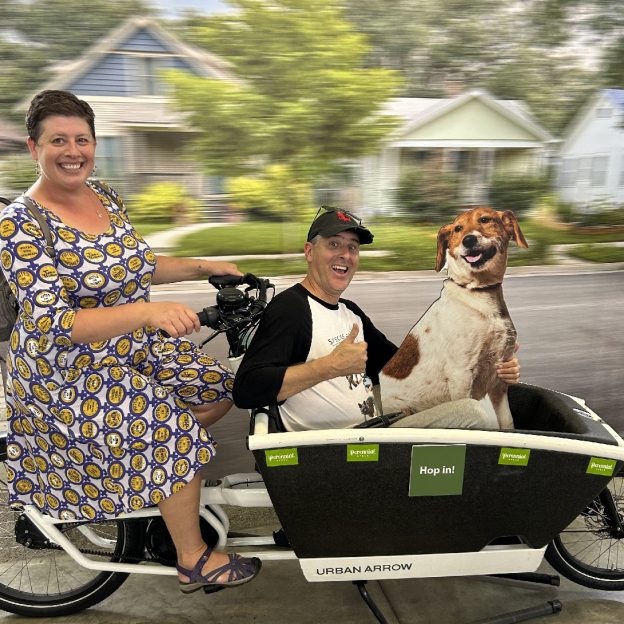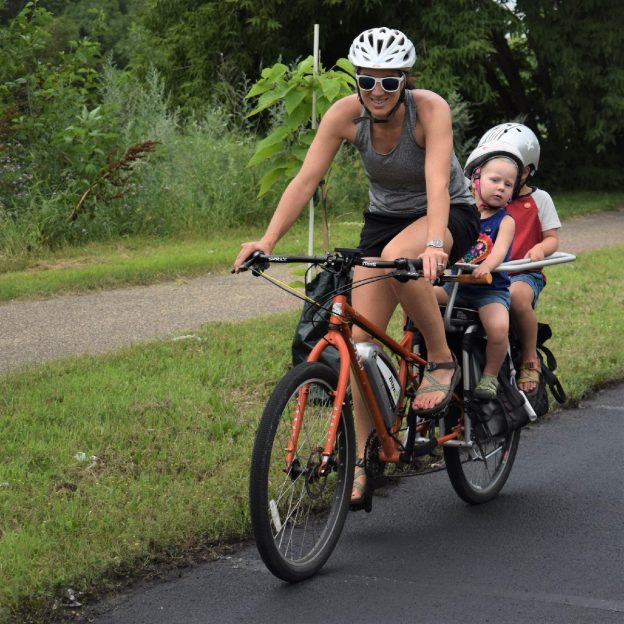Tag: Nationally defined e-bike classification
-

Helpful tips to consider before purchasing an E-bike
E-bikes (electric assist bikes) are a fun and eco-friendly way to travel, offering a new way to get around and encouraging various non-commuting activities, like grocery shopping. They are game-changers that provide flexibility for navigating heavily populated areas or touring scenic countryside routes. With the growing popularity of the e-bike, here are some key questions…
-

What are the different types and speeds of e-bikes?
Referred to by most as an e-bike, an electric assist bicycle refers to a motorized version of the traditional bike. With three general classifications, the speeds of e-bikes vary. Compared to a regular bicycle, which relies totally on your pedal power. The electric motor assists your pedaling efforts allowing you to go farther using less…
